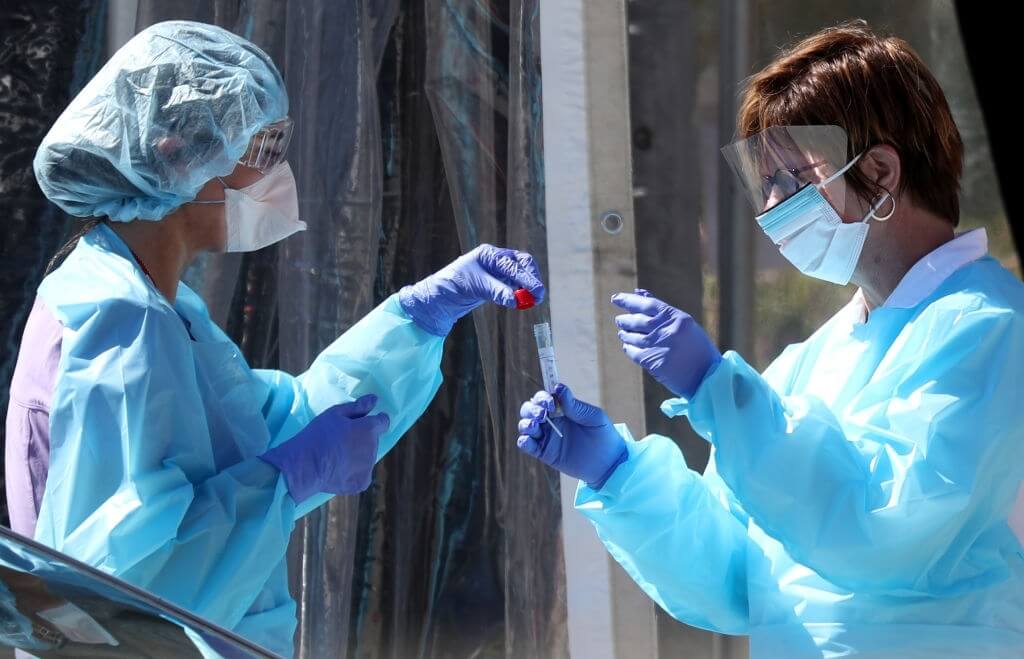The observational study monitored 100 COVID-positive patients in the Raleigh, NC area from April to October 2020, and included a total of 208 additional household members. Someone who shared a living environment with the person who tested positive was considered a household member.
An Understanding Of How Frequently Covid-19 Spreads Among Households
Other members of the household were examined using PCR nasal swabs every three weeks for three weeks after the initial COVID case, or a seroconversion antibody test at the fourth week.

Despite all efforts from government and local administration in different states, the number of cases has kept on increasing which has made the experts think about the way the virus spreads in the area. It stays on various surfaces for a longer period than before and hence its ratio of infection also has increased before. The team of experts has checked a number of household areas where the cases have been increased than before.
The secondary attack rate among household contacts was 32 percent, excluding 73 household members who had already tested positive for COVID when researchers arrived at their homes.
Jessica Lin, MD, the study’s senior author and assistant professor in the UNC Department of Medicine’s Division of Infectious Diseases at the UNC School of Medicine, said, “We suspect this number is actually considerably higher.” “We were sometimes able to reach to people’s homes to test them four or five days after the first COVID-positive person developed symptoms.
Many members of the household had already been affected at that point. However, because the infection occurred before we arrived, we were unable to include it in our analysis. “Lin believes the current secondary attack rate in families is substantially greater because this study took place before the more virulent Delta form became extensively prevalent in the United States.
The majority of subsequent cases occurred within a week of the original COVID test being positive. The nasopharyngeal viral load, or the amount of virus in a person’s nose and throat, was found to be identical in these secondary instances, according to researchers.
“This suggests that the viral load of the index case is significant,” Lin explained. “A larger viral load indicates that secondary transmission is more likely in a home, and viral load also indicates how sick a person could become from the infection.”
The study also looked at living density, or the number of persons living in a given home, as a factor in determining if COVID spread to other members of the household. 44 percent of those who took part in the study identified as Hispanic or non-white. Minority homes were shown to have a higher living density and a higher risk of secondary infection than white households, according to researchers.
“In some living situations, it’s quite difficult to follow public health norms,” Lin added. “Isolation or even physical distance becomes practically difficult when numerous people and generations share shared areas or bedrooms, or if you are a single parent.”
Lin explained, “Household transmission is really the main site where most people get COVID.” “It’s spreading among their family and friends, who are part of their bubble and with whom they feel comfortable. You’re not just protecting yourself when you get vaccinated; you’re also protecting those close to you.”
The spreading of COVID among households turned up a negative impact on every individual life. As per the reports, it caused an increase in deaths and made massive changes in life. People took time to understand what is happening, as this pandemic itself was havoc. Been quarantined with minor symptoms in our own home was the only option to avoid the increase of COVID.